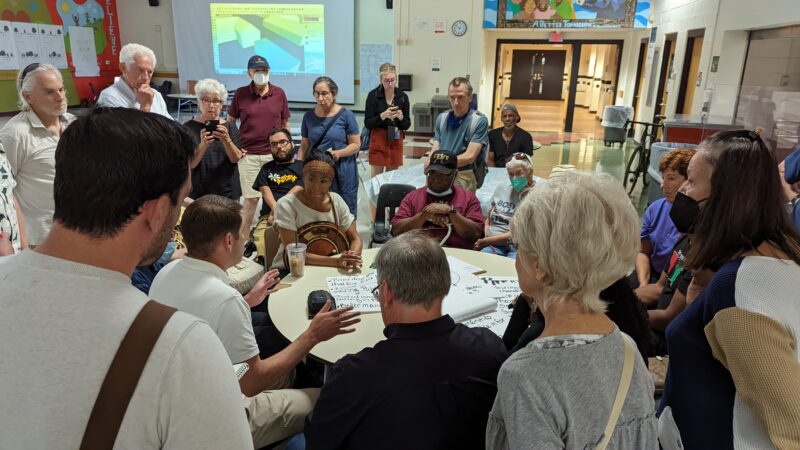Great design goes beyond buildings, it fosters connection, reflects community values, and promotes health and well-being. When empathy, inclusivity, and sustainability guide the design process, the result is architecture that truly serves people and strengthens a community’s fabric.
Putting People First
Human-centered design begins with understanding how people live, work, and interact within a space. It requires listening and engaging stakeholders early and sincerely to ensure the final design reflects their values, cultures, and needs. It’s not only about what users want in a building, but how they want it to make them feel: welcomed, safe, and connected.
Collaboration Builds Trust
Engaging with communities, especially those that are tightknit, requires thoughtful and open dialogue. Communities are made up of many voices, and successful design is rooted in meaningful, direct engagement. When community members are included from the beginning, the process becomes collaborative, the outcomes more inclusive, and the spaces more reflective of those they serve.
Collaborative design also builds lasting trust. When people see their ideas integrated into the final design, they feel a sense of ownership and pride. The result is a space that resonates with its users – becoming not just a structure, but part of the community’s identity.
Sustainability Through Inclusion
Sustainability is more than the efficient use of materials or energy; it’s about creating spaces that last and serve everyone. Inclusive design contributes to sustainability by fostering a sense of community ownership. When people recognize themselves in a space – when it reflects their culture, their needs, and aspirations – they are more likely to care for it and ensure its success well into the future.
A Lasting Impact
The success of a project is not just measured by completion and budget, but by how it’s embraced by the people who use it. When a teacher walks into a new classroom with pride, or a resident sees their culture honored in a shared space, the design has done more than meet a program – it has made a lasting, positive, and meaningful impact.
Empathetic, human-centered design creates environments that people feel emotionally and physically connected to. These are spaces that promote interaction, celebrate diversity, and strengthen community connections.

